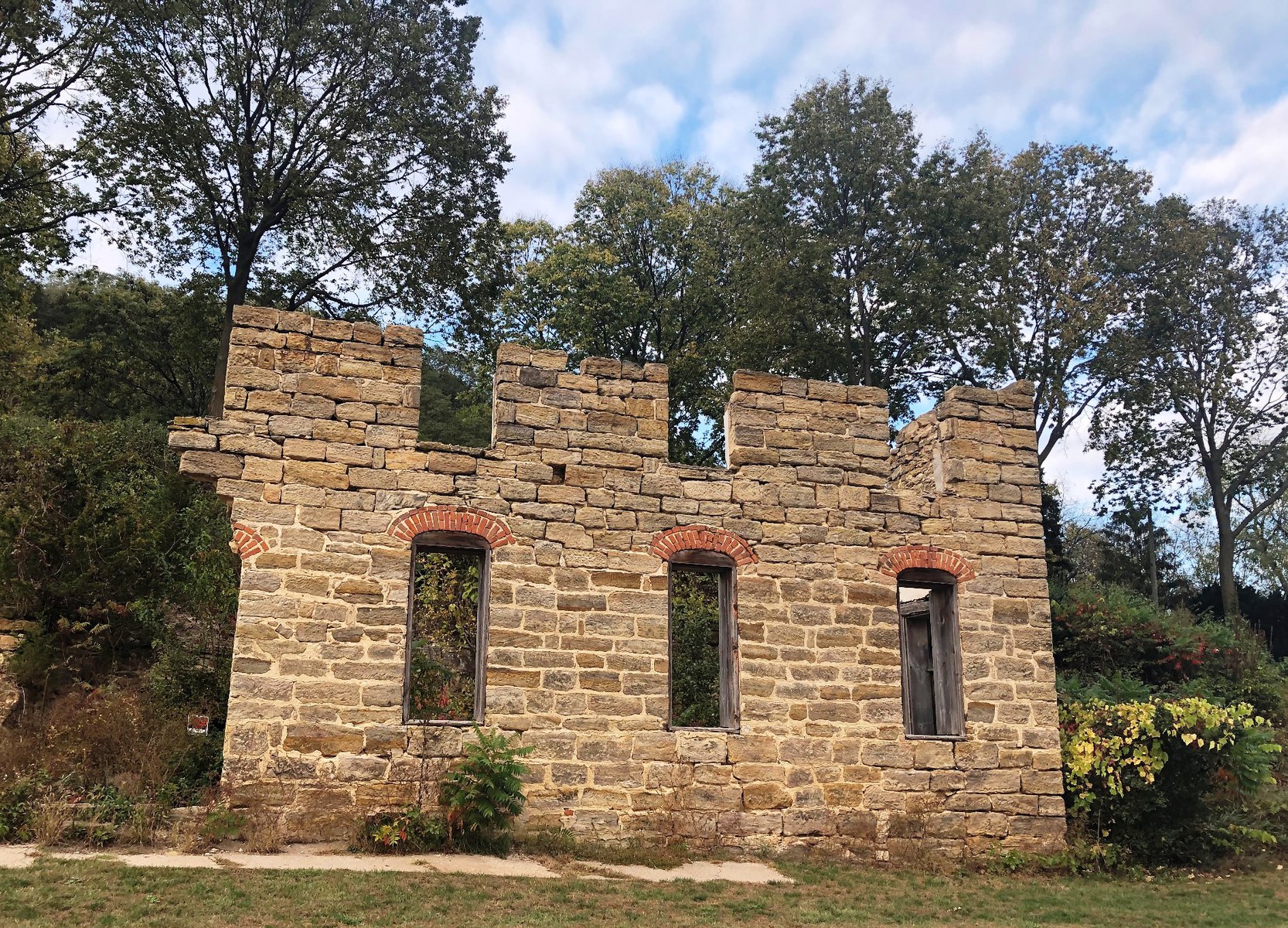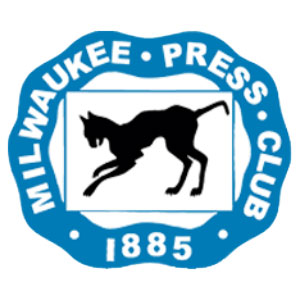Back Home by Chris Hardie
- Download this column as a Word document
- Download the photos that accompany this story
- Chris Hardie’s headshot
TREMPEALEAU — The crumbling remains of a two-story stone building along the Mississippi River are all that’s left of what was once a bustling brewery and hotel.
The Melchior Hotel & Brewery was a stopping point for river travelers in the 1860s and 1870s, the work of Prussian immigrants who came to Trempealeau County in the early 1850s and started a small brewery in a log house.
I’ve known about the brewery ever since I did a feature story in 1988 on defunct breweries that were once an important part of their western Wisconsin communities. Trempealeau was not alone — Fountain City, Alm, Black River Falls and Arcadia all had breweries — and there were several breweries in La Crosse and Winona, Minn.
Recently, while I was on my way to nearby Perrot State Park, I took a photo of the ruins and posted it on my Facebook page. It drew such interest I decided to tell the brewery’s story.

Immigrants from Europe often brought their beer-making traditions to this country, which was the case with the Melchiors. According to the Wisconsin Historical Society, Jacob and Wilhelmina Melchior made a $6,000 investment in 1857 — a risky venture during a national financial depression — and built the two-story riverfront hotel and brewery on 126 feet of river frontage. The hotel was built in 1861 and a brewery addition was put on the next year.
Melchior’s beer was a lager, which is fermented and stored at cool temperatures. While some Germans dug pits and lined them with ice harvested in the winter, Melchior decided that nature could provide his refrigeration. Deep caves were cut into the sandstone bluffs that abut the building. These caves — which kept the beer at 44 degrees — were accessible from inside the brewery. They were 7 to 8 feet in height and were connected by passages made by widening a natural fault in the sandstone. The two larger ones were ventilated by shafts dug through the earth and rock.
Melchior’s venture proved to be successful as the wheat boom brought prosperity in the 1860s. Census figures from the 1870s reported his building to be one of the most valuable properties in the village.
A 1937 article from the Galesville Republican described the era: “In days even before the Civil War, Jacob Melchior stood in the doorway and waved greetings to the steamboat pilots as they steamed north to St. Paul or south to St. Louis. Mr. Melchior gave most of his time to the manufacture of beer, while his wife conducted the hotel.”
These were the days when river travel was common and before the lock and dam system. Steamboats could pull right up to the bank and dock. Apparently, the Melchiors did well. Information from the Trempealeau County Historical Society indicates that Melchior and his wife were “large individuals noted for their girth in days when most folks were pretty slim.”
Melchior’s lager beer was growing in popularity. By 1880, Melchior was producing 150 barrels (or about 4,650 gallons) of beer annually. Some of it was shipped via rail — which also ran right in front of the brewery — to Minneapolis and St. Paul, where it was reputedly more famous than the beers of Milwaukee.
It’s unclear when the brewery stopped making beer. Melchior died April 22, 1881, at the age of 61. The building survived a devastating fire that ravaged Trempealeau’s commercial center in 1888, but records with the Wisconsin Historical Society say it was unlikely the brewery was able to withstand for long the general economic decline of the village which began at the close of the 19th century.
The beer industry was also changing with the advent of refrigeration and better transportation. Small, local breweries were closing.
Jacob’s son Joseph sold the property in 1896. Jacob’s widow Wilhelmina died in 1911. Both are buried in the Trempealeau Cemetery.
The building was used as a rooming house and had occupants at least until the 1960s, said current building owner John Smith of Trempealeau, who lives just above the ruins.
The building was named to the National Register of Historic Places in 1984. The standing walls, brick arches, fenestration patterns, caves and passageways that remain provide valuable insights into the construction and operations of a small-scale 19th-century brewery.
Smith said the building continues to deteriorate and has been the subject of vandalism and graffiti as visitors ignore the no trespassing signs and explore the tunnels.
There has been some talk over the years of someone buying the building and restoring it, but the project would be costly, Smith said. The historic listing would not prevent someone from fixing it.
Smith said he believes the building’s proximity to the railroad tracks right across the street has contributed to its decay as the shaking from the trains causes the walls to continue to crumble. But even as a ruin, the building represents a piece of the village’s past.
“It has a rich history and most locals like it just the way it is,” Smith said.
I don’t disagree. Ruins are often preserved and visited in other countries. My only suggestion would be to add a commemorative plaque or a sign that tells the story of the brewery on the river.
Chris Hardie spent more than 30 years as a reporter, editor



